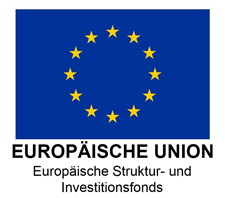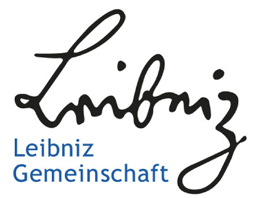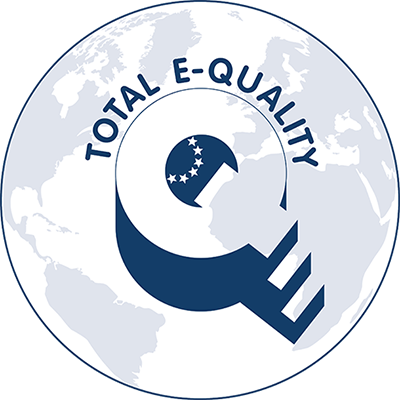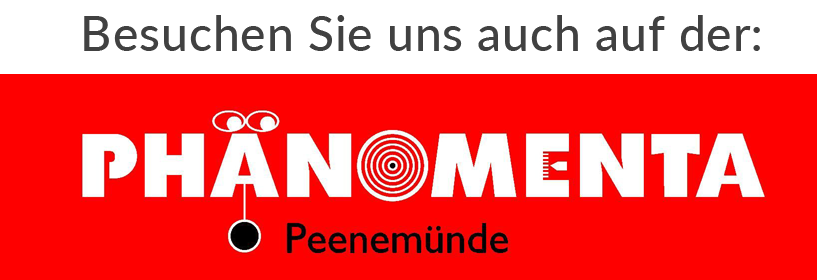Plasmamodellierung & Data Science
Die Modellierung von Plasmaquellen und Prozessen spielt im Bereich der Plasmaforschung und Technologieentwicklung eine zentrale Rolle. Auf der Grundlage umfangreicher Parameterstudien ermöglichen Modellrechnungen und Simulationen die gezielte Optimierung technologischer Plasmen sowie die Entwicklung neuer Anwendungen. Dadurch kann die praktische Durchführung kostenaufwändiger und zeitintensiver Experimente reduziert werden. Ferner ermöglichen die Modellrechnungen und Simulationen experimentell nicht oder nur schwer zugängliche Parameter zu bestimmen und deren Verhalten zu analysieren. Am INP werden numerische Methoden, Modelle und Simulationen für Nieder- und Atmosphärendruckplasmen mit technologischem und wissenschaftlichem Nutzungspotential entwickelt und angewendet. Dabei reicht das Spektrum von der Beschreibung einzelner physikalischer Effekte bis hin zu einer Multiphysik- und Multiskalen-Simulation von Plasmaquellen und Plasmaprozessen. Zum Einsatz kommen hier sowohl kommerzielle Software-Pakete wie COMSOL Multiphysics® als auch selbstentwickelte Programme.
Zum Zweck einer innovativen Verknüpfung und integrierten Analyse von Daten aus Labor- und Simulationsexperimenten und zur Umsetzung der FAIR-Data-Prinzipien werden am INP Workflows, Tools und Standards für ein einheitliches Forschungsdatenmanagement entwickelt. Auf dieser Grundlage werden moderne datenwissenschaftliche Methoden zur automatisierten und KI-gestützten Analyse von Daten entwickelt und eingesetzt. Ferner wird an dem Einsatz von Machine-Learning-Verfahren und neuronalen Netzen zur Beschleunigung von Plasmasimulationen gearbeitet.
Technologische Ausstattung
Im Bereich der thermischen Plasmen liegt der Fokus gegenwärtig auf Plasmaspritzprozessen und Untersuchungen zu kleinskaligen Bogenplasmen. Dabei steht einerseits die Optimierung von Anwendungen im Vordergrund, andererseits werden auch fundamentale Untersuchungen durchgeführt, wie etwa zur Wechselwirkung von Plasmen mit den Elektroden. Die am INP entwickelten Modelle ermöglichen eine konsistente Nichtgleichgewichtsbeschreibung von Plasma und Randschicht in thermischen Plasmen.
Untersuchungen zu nichtthermischen Plasmen erstrecken sich vordergründig über Barrierenentladungen, Plasmaionenquellen und Plasma-Jets. Im Vordergrund stehen Studien zur Analyse von plasmachemischen Prozessen, zur Interaktion von Plasmen mit Oberflächen und zur Optimierung von Plasmaquellen für diverse Anwendungen. Die am INP verfügbaren Modelle ermöglichen eine zeitabhängige und räumlich mehrdimensionale Beschreibung und detaillierte Analyse plasmaphysikalischer und reaktionskinetischer Effekte.
Durch Gasentladungen induzierte Reaktionsmechanismen haben ein großes technologisches Nutzungspotenzial, etwa für die Aufspaltung von Kohlendioxid und die Bildung von grünem Wasserstoff. Die am INP verfügbaren Modelle zur Analyse von plasmachemischen Prozessen werden zur Optimierung von Plasmaanwendungen und zur Erschließung neuer Technologiefelder eingesetzt. Dabei können sowohl thermische als auch nichtthermische Plasmaquellen zur Auslösung der Reaktionsmechanismen zum Einsatz kommen.
Mit dem Design und der Implementierung von Werkzeugen und Workflows für eine strukturierte und automatisierte Speicherung, Verarbeitung und Analyse von Daten aus Labor- und Simulationsexperimenten wird die datengetriebe Forschung und Entwicklung am INP unterstützt. Für die datenwissenschaftliche Auswertung großer Datenmengen stehen diverse Analysetools und KI-gestützte Methoden bereit, die kontinuierlich und Bedarfsgemäß weiterentwickelt werden.
Das INP setzt internationale Standards bei der Umsetzung von Forschungsdatenmanagementprozessen für die Plasmatechnologie, die den gesamten Datenlebenszyklus im Sinne der FAIR-Data-Prinzipien adressieren. Dazu werden digitale Workflows entwickelt und zum Einsatz gebracht, die Metadatenstandards, elektronische Laborbücher und Datenrepositorien miteinander verknüpfen.
Zur Veröffentlichung und Nachnutzung von Forschungsdaten wird vom INP die interdisziplinäre Plasmatechnologie-Datenplattform INPTDAT betrieben. Damit wird auf der einen Seite den Anforderungen der Verlage und Forschungsförderer hinsichtlich der Veröffentlichung von Forschungsdaten Rechnung getragen und auf der anderen Seite wird so im Sinne von Open Science eine größtmögliche Sichtbarkeit und Transparenz der Forschung am INP erreicht. Auf der Grundlage von Ontologien, Wissensgraphen und Blockchain-Technologien werden Mechanismen zur Qualitätssicherung von Forschungsdaten umgesetzt.






































